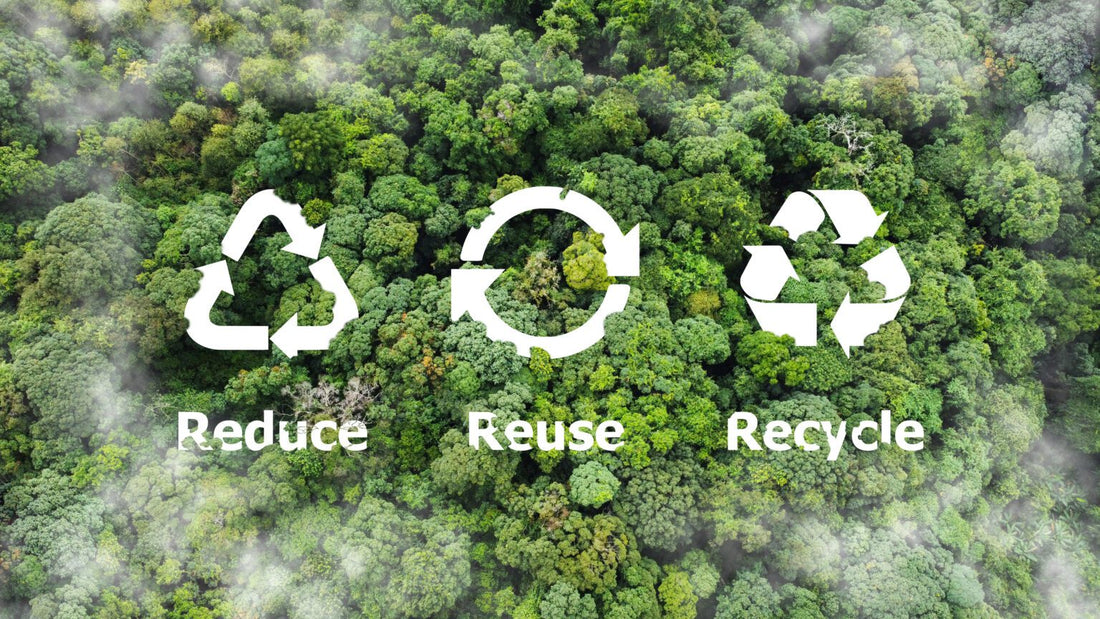
TPO 450G vs PVC 650G
Condividere
Selecting the right coated fabric is crucial for businesses aiming to optimize product performance, ensure safety, and meet environmental standards. Among the numerous materials available, TPO 450G and PVC 650G stand out as widely used products. However, significant differences between these two coated fabrics affect their suitability for industrial and commercial applications. In this comprehensive guide, we provide a detailed comparison to assist procurement professionals, distributors, and decision-makers in making informed choices.
| Product Name | TPO 450G | PVC 650G | ||||||||
| Thickness | 0.58mm | 0.48mm | ||||||||
| Tensile Strength | 2700 | 2500 | ||||||||
| Environmental impact | Eco-friendly, chlorine-free, no dioxin pollution | Contains chlorine,produces toxic dioxins | ||||||||
| Health & Safety | Non-toxic,free of phthalates | May release harmful phthalates | ||||||||
| Weather Resistance | Strong UV resistance,strong anti-aging ability | Susceptible to UV degradation, needs added stabilizers | ||||||||
| Flexibility | Excellent elasticity and stable flexibility across temperature ranges | Higher initial flexibility | ||||||||
| Chemical Resistance | Resistant to many chemicals | It has good resistance to most organic solvents and acids and alkalis, and has good chemical stability | ||||||||
| Weight & Transportation | For the same thickness, TPO weighs less, which reduces transportation costs, reduces pressure on infrastructure, and helps improve overall structural safety. | It is heavier than TPO, has higher requirements on structural load, and increases construction costs. | ||||||||
| Installation & Welding | Hot air welding is required | Easy to weld and process | ||||||||
| Lifecycle Cost | Relatively high production costs | Low production cost and high cost performance | ||||||||
| Recyclability | Fully recyclable, highly reusable | Difficult to recycle with limited reuse possibilities | ||||||||
| Thermal insulation | High thermal insulation, reduces heat absorption | Lower insulation efficiency, deteriorates above 80°C | ||||||||
Understanding the Environmental Risks of PVC 650G
Although PVC-coated fabrics have been popular due to their initial low cost and flexibility, their environmental and health concerns significantly diminish their long-term viability.
Harmful Production Emissions: Dioxins
PVC manufacturing and incineration processes release Dioxins, extremely harmful toxins known for their significant environmental and health risks. According to the World Health Organization (WHO) and the Environmental Protection Agency (EPA), dioxins pose severe threats such as:
Reproductive and Immune System Damage: Dioxins negatively affect human reproduction, immune responses, and hormonal balance, leading to severe health issues.
Environmental Persistence: Dioxins remain in ecosystems for extended periods, accumulating in wildlife and food chains, thus presenting long-term ecological risks.
Dangerous Plasticizers: Phthalates
PVC fabrics require phthalates to maintain flexibility. However, these plasticizers are highly controversial and hazardous:
Regulatory Pressure: Growing global restrictions and bans are now placed on phthalates, especially in products closely interacting with humans, amplifying the risks of relying on PVC-coated fabrics.
Advantages of TPO 450G for Industrial Applications
TPO (Thermoplastic Olefin) 450G presents itself as a modern alternative to traditional PVC, offering compelling benefits that align with evolving industry standards and expectations:
Exceptional Durability and Performance
TPO 450G demonstrates remarkable resistance to ultraviolet rays, ozone, weather extremes, and chemicals, resulting in significantly longer service life and reduced maintenance expenses.
Enhanced flexibility and elasticity ensure consistent performance across a wide range of temperatures without degradation, cracking, or stiffening over time.
Eco-Friendly and Sustainable
Free from chlorine and phthalates, TPO 450G ensures safe usage without environmental contamination or human health hazards.
Fully recyclable, TPO materials significantly reduce environmental footprint, appealing to eco-conscious customers and regulatory bodies.
Cost-Effectiveness
Lightweight construction results in lower transport, installation, and structural support costs, thus reducing overall project expenses.
The simplified welding process saves labor hours, further lowering operational and installation costs.
Why Procurement Professionals Prefer TPO 450G
Businesses increasingly prioritize sustainability and regulatory compliance, making TPO 450G the material of choice. The benefits include:
- Improved corporate sustainability profiles and enhanced brand reputation.
- Alignment with stringent environmental standards, avoiding potential regulatory penalties or bans associated with harmful materials.
- Long-term cost reductions achieved through reduced maintenance and extended product life cycles.
Conclusion: Making the Right Choice for Your Business
Selecting TPO 450G over PVC 650G positions your business strategically within an evolving industry landscape, driven by environmental responsibility, regulatory compliance, and long-term economic benefits. This informed choice not only reduces health and environmental risks but also supports sustainable growth, strengthening your market leadership.
Choose TPO 450G for a safer, greener, and economically advantageous future.
